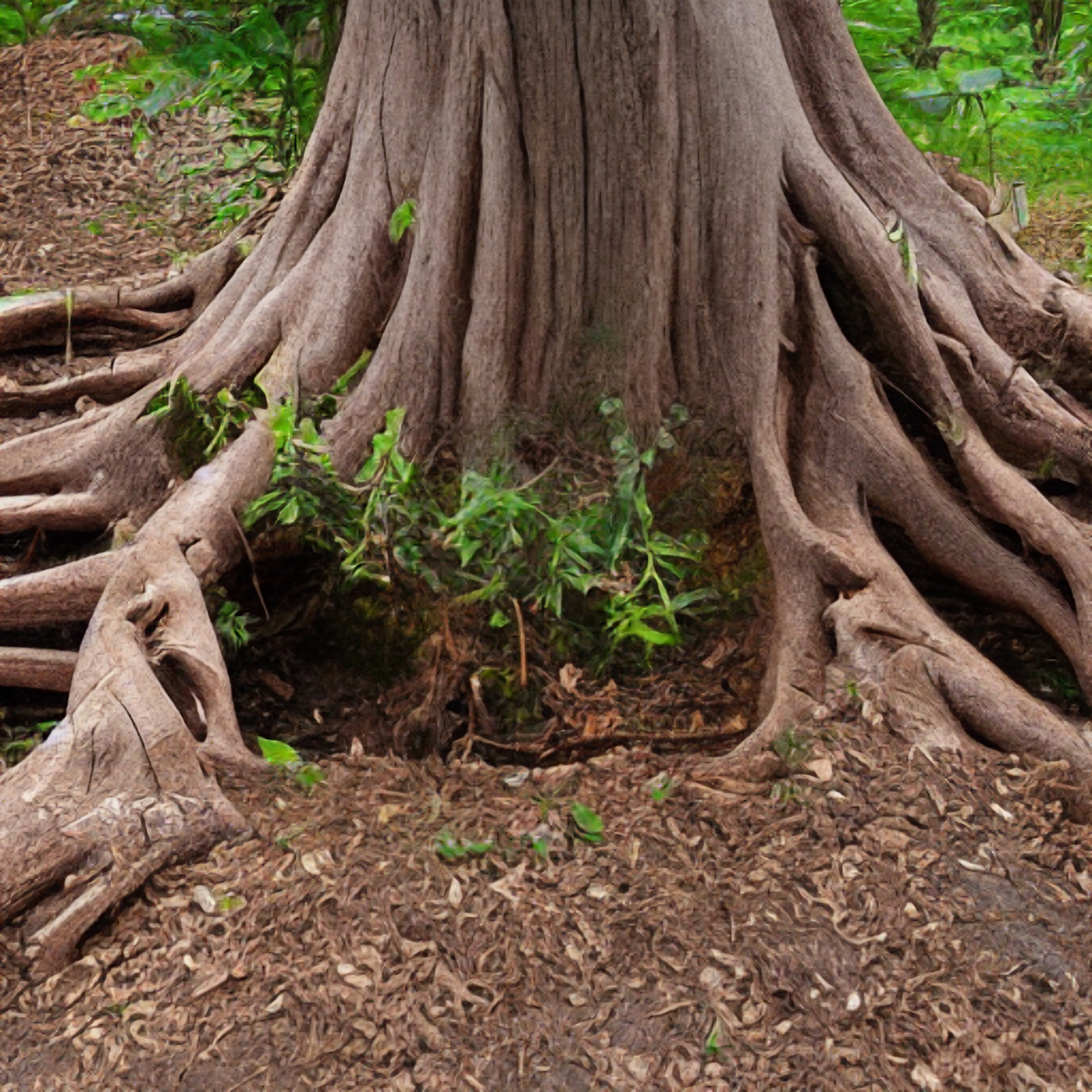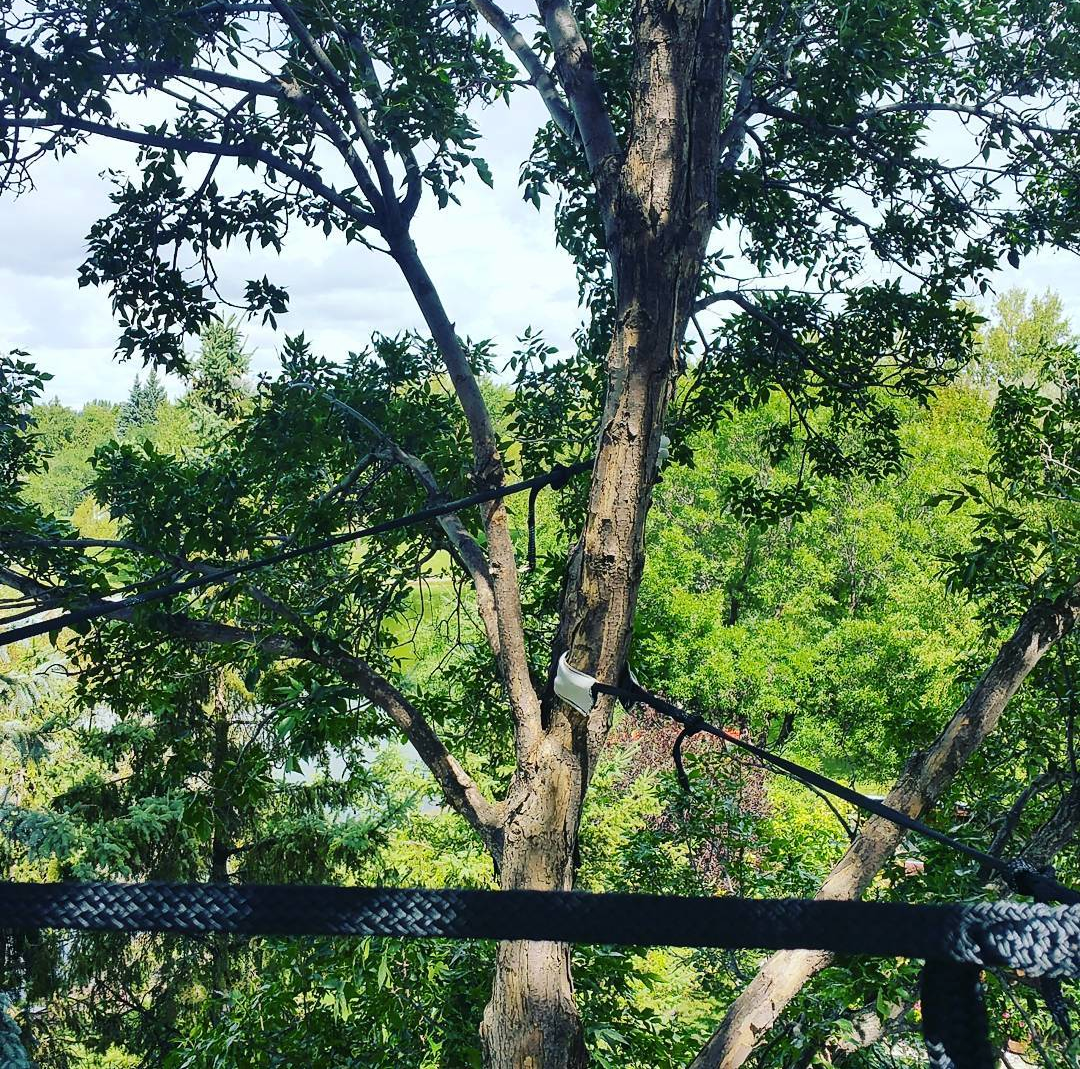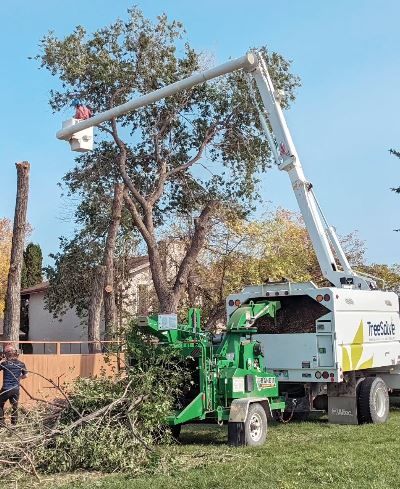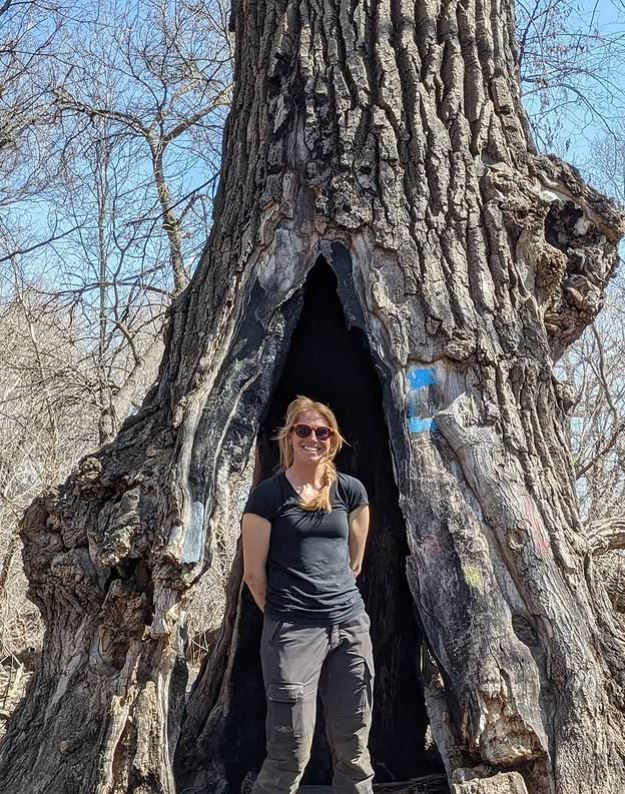Understanding Tree Root Systems and Property Damage
Trevor Soltys & Paul Kasper
Trees are essential to a healthy landscape, offering shade, beauty, and environmental benefits. But while their canopies may be the most visible feature, it’s what lies beneath the surface—their root systems—that can sometimes cause concern for property owners. Tree roots are vital to the health of the tree, yet when they grow too close to homes, sidewalks, driveways, or underground utilities, they can potentially lead to costly damage. In this post, we’ll explore how tree root systems grow, why they sometimes cause property issues, and how you can protect both your trees and your property.
How Tree Roots Grow
Contrary to popular belief, tree roots don’t grow deep into the ground in a straight line like a taproot. Most tree roots grow outward, often extending two to three times beyond the canopy. In fact, the majority of a tree’s roots are found in the top 18 to 24 inches of soil, where oxygen, water, and nutrients are most readily available.
There are two main types of roots:
- Structural roots, which anchor the tree and provide stability.
- Feeder roots, which are smaller and absorb nutrients and water.
Roots will naturally grow toward moisture and nutrients, which is where problems can begin—especially if that moisture is coming from leaking pipes or foundation cracks.
How Tree Roots Can Damage Property
Roots are not inherently destructive, but when they encounter obstacles, they may grow around or even through them in their search for water. Here are some of the most common types of property damage associated with tree roots:
- Foundation Damage: While roots rarely break through a solid foundation, they can exploit small cracks or gaps, especially in older homes. As roots grow and expand, they can worsen these issues over time.
- Sidewalks and Driveways: Tree roots that grow just beneath the surface can push up concrete slabs, creating uneven or cracked pavement that’s both unsightly and hazardous.
- Plumbing and Sewer Lines: If there’s a crack or joint in an underground pipe, roots may infiltrate it in search of water. Over time, they can block the pipe entirely or cause it to burst.
- Landscape Disruption: Tree roots can disrupt lawns, gardens, and other plantings by absorbing most of the available water and nutrients or physically displacing soil.
Preventing Root-Related Damage
A little planning goes a long way when it comes to preventing tree root issues. Here are a few tips to protect your property:
- Plant the Right Tree in the Right Place: Avoid planting large, fast-growing trees too close to structures, driveways, or utility lines. Research the mature root spread of any tree before planting.
- Install Root Barriers: These physical barriers can be placed underground to guide roots away from sensitive areas like foundations or pipes.
- Monitor Tree Health: A healthy tree is less likely to become a problem. Regular maintenance, pruning, and inspection can help catch early signs of root issues.
- Consult a Professional: If you suspect root damage or are planning new plantings near your home or utilities, consider bringing in a certified arborist or a tree service professional.
Final Thoughts
Tree root systems are a natural and necessary part of any healthy tree, but they can pose risks when not properly managed. By understanding how roots grow and taking proactive steps, you can enjoy the benefits of trees while minimizing the risk of property damage.
If you’re unsure whether a tree on your property is causing—or may cause—damage, reach out to a local tree expert for an assessment. It’s always better to address root issues early, before they lead to bigger (and more expensive) problems.








